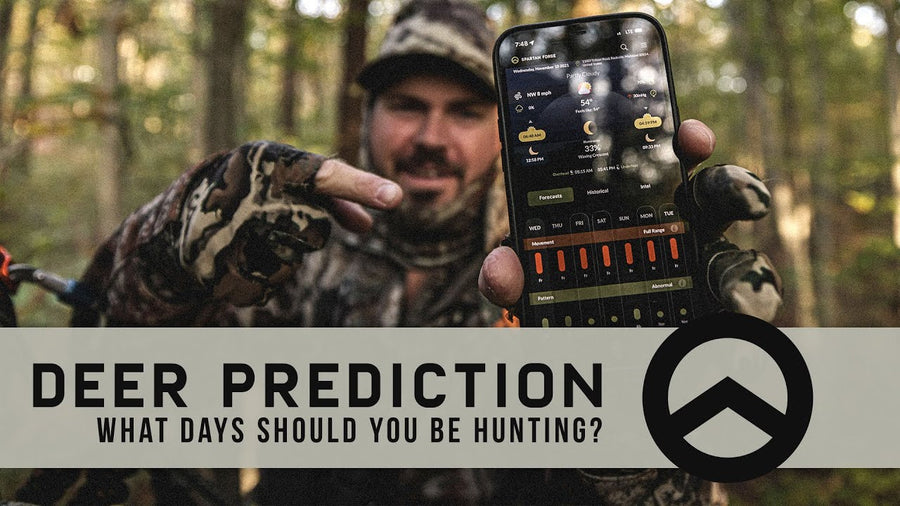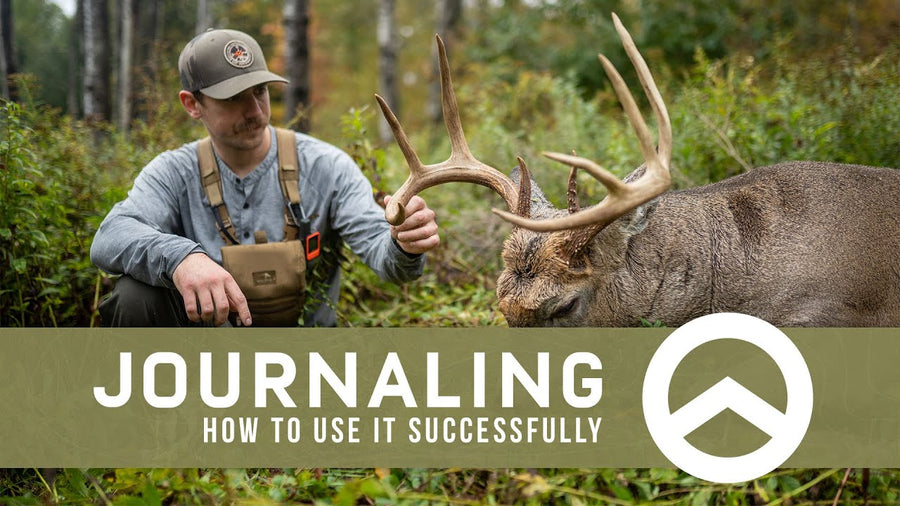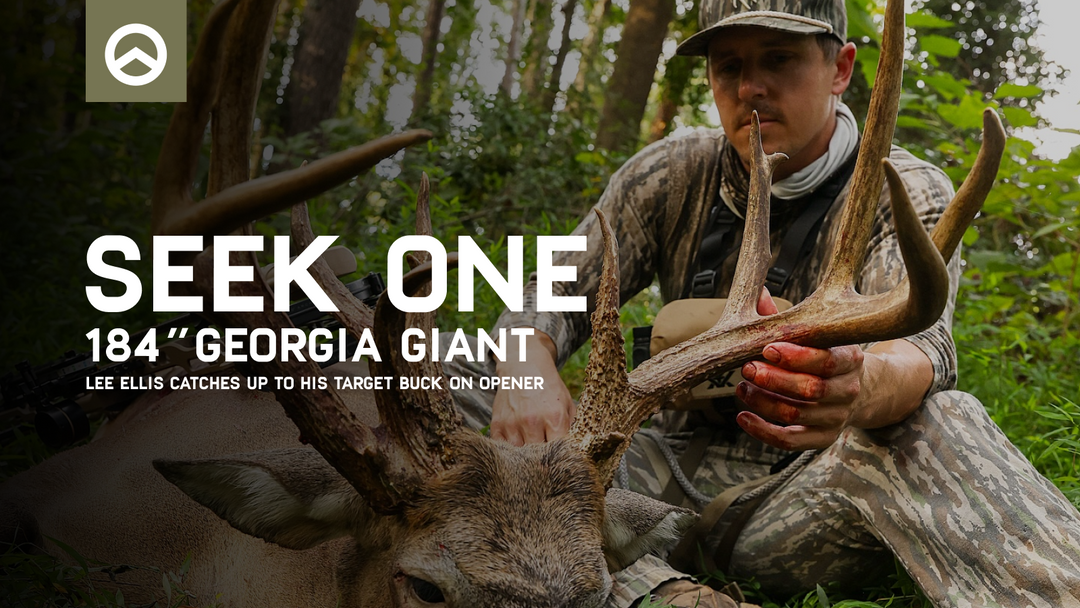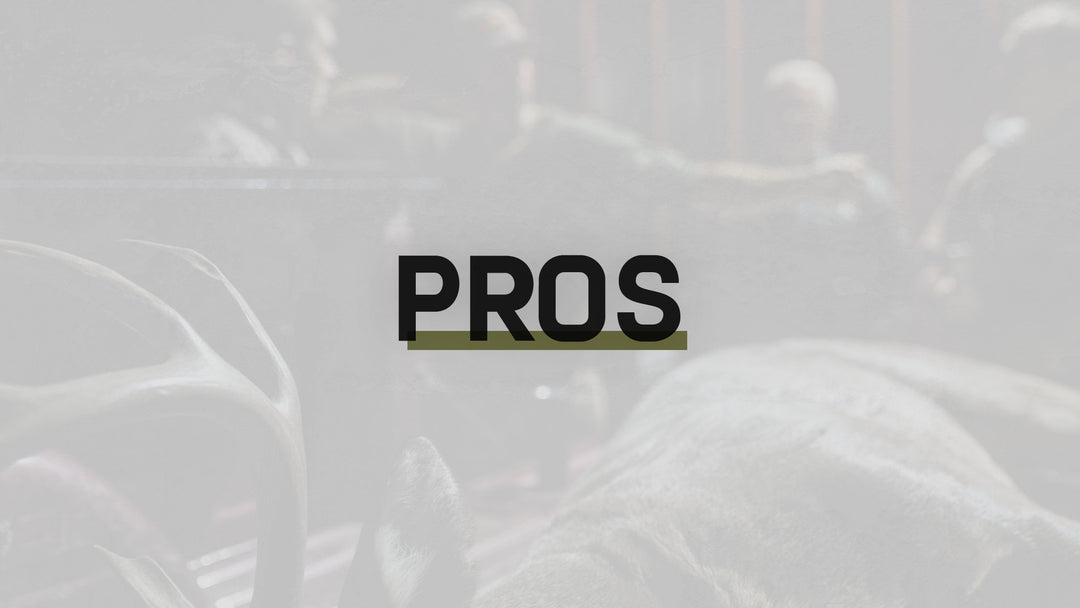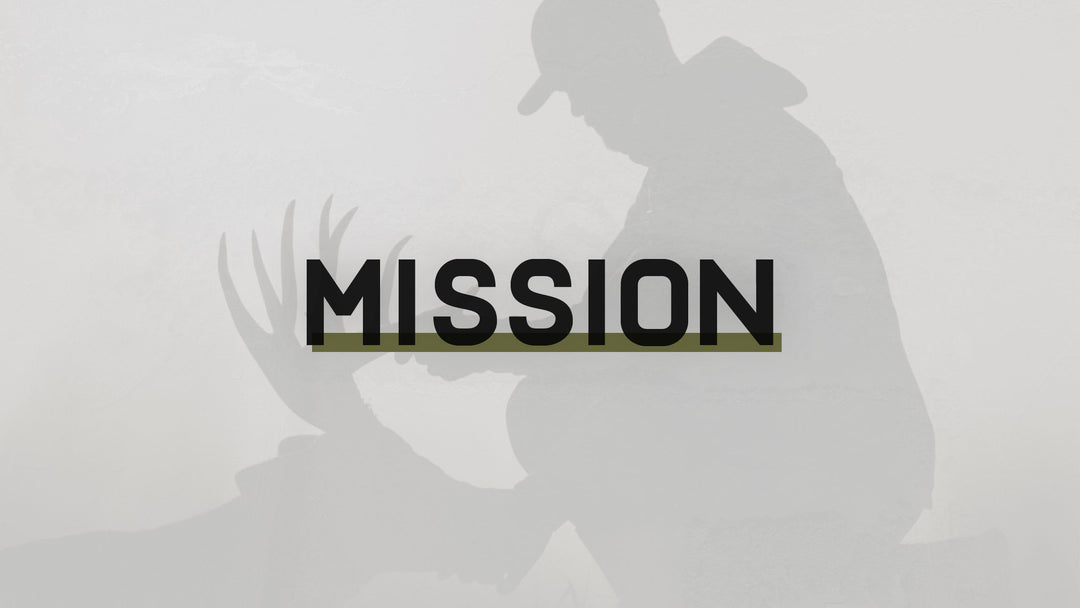Montana Hunt Review: App Features That Were Indispensable

This past November I was lucky enough to go into Montana’s mountains with some of my family to hunt deer and elk. We went into new areas as well as ones that I was familiar with from previous years hunting. Figuring out the new areas was an obvious goal, but my other goal was to learn the areas I was familiar with even better.
When looking back on this trip to Montana, I realized that the slope angle tool, 10-foot contours, and downloadable maps were the most used features. While I used a lot more features scouting and leading up to it, these were what I consistently referred to in the field.
Many of these features are used to help find bedding areas for deer and elk. I tend to focus on finding bedding areas as most animals will be found in or near them when there is hunting pressure.
Using Slope Angle to Find Bedding Areas
When hunting steep mountainous terrain, the slope angle tool can be an extremely useful tool for finding bedding areas for both deer and elk. The areas we were hunting were very mountainous and full of very steep slopes. This terrain dictates our movement and affects how elk and deer use it.
Elk and deer are no strangers to this terrain and are very comfortable moving around it. The steepness doesn’t matter much for their movement, but for bedding, it absolutely matters—deer and especially elk like areas as flat as possible for bedding. Of course, you need to realize that this is not a rule and that there will always be exceptions to this. However, we can narrow down where they will likely be using the slope angle tool.
On the mountain I was hunting, elk and deer bedded in different terrain. I’m by no means an expert elk hunter, but in this terrain, elk seemed to prefer the benches. Benches are pretty easy to find using the slope angle tool. You just look for small breaks in the coloring. The coloring starts at 10 degrees of slope, so anything that isn’t colored is less than 10 degrees. Combine that with looking on slopes facing north, and you’ve really narrowed down where to look for elk.
Once we identified this, we started to hone down on these specific areas on the mountain. Climbing to the top of the mountain, we’d hunt down to these benches with the thermals coming up into our faces. Once we’d reach a bench, we’d identify which way the prevailing wind was shifting the thermals on that bench, then hunt the bench in that direction. The results of this effort were multiple encounters with elk, everytime having shot opportunities and ultimately resulting in a cow elk tag filled.

Using 10ft Contours to Find Micro Terrain Features
Turning on 10-foot contours really lets you get an accurate picture of what the terrain looks like on a smaller level. Most topographical maps show contour lines at a 20- or 25-foot level. This is great for getting an overview of the land but not accurate enough to fully depict what the terrain is doing.
Many times, at the 20- and 25-foot levels, you lose micro terrain features that can affect animal movement. Small benches, saddles, and even little points might be hidden at this level. Aside from just using the 10-ft setting, Spartan Forge makes it quick and straightforward to switch between the different contour line settings.
As I mentioned earlier, I relied heavily on using 10-foot contour lines on this trip to Montana. One example of how it helped me out is identifying a saddle that showed as a ridge on the 20- and 25-foot setting. I labeled that saddle while e-scouting, marking it in red, meaning that it was a spot that I wanted to check out once on the ground.
This saddle proved to be better than I expected. One morning, while still hunting our way up to finish packing out the elk we had gotten the night before, I spotted a really nice mule deer buck no more than 150 yards away. It was feeding in some dense brush that wouldn’t allow for a clean shot. He fed away and headed up this small drainage.
The wind wouldn’t allow me to follow him, but looking at my map, I realized that he was heading in the direction of this saddle. I thought he might use that as an escape route and be bedded near it towards the top of this valley. I decided to make a big loop and found that the saddle was an even better escape route than expected and had a very heavily traveled trail cutting over it.
Below it, I found multiple mule deer beds and a lot of sign. While I never turned that buck up again, I know he spent a lot of time there based on the rubs that I found. If I had not turned on 10-ft contour lines, I would have never found this. The next time I go into this area for mule deer, I will put a lot of focus on that spot.
Offline Maps
Service is spotty, as you can expect with a hunt in mountainous terrain. That meant that I was relying heavily on offline maps. This takes a little planning, as you need to download these while still in service. Be sure to name these maps as you create them so that it is easy to reference which ones you want to look at.
It is also important to select all the layer features that you want, as you will not be able to add them when using the offline maps. As you can probably guess, I selected trails, roads, public lands, slope angle, and 10 ft contours on mine. I would also make a second layer that didn’t have the slope angle selected to have a cleaner-looking map when needed.
Once in the field, I almost always turn my phone on airplane mode when in areas of spotty service. This is primarily done to make my battery last as long as possible, but I’ve also found that it makes my app load a little faster.
With that being said, having relied on offline maps so much on this trip. I identified some places that we(Spartan Forge) can improve to make the app even better. You can expect to see these improvements in 2024.

Post Hunt Analysis
When a hunt is over, it is time to put your e-scouting in overdrive. Look at your map after you have dropped all of your pins, and select and remove layers to see if you can identify any patterns. Were all of the bedding areas in similar places on the mountain? Were there any patterns you identified regarding animal movement and trails?
All of this adds up and will make you understand an area better. An hour or so following a hunt to look and identify these patterns will only make you much better at e-scouting for an upcoming trip. We have never been in a better time to use technology to better understand the lives and movement of the game we are pursuing.
Written By Kurtis Martonik of The Gunsmithing Journal
